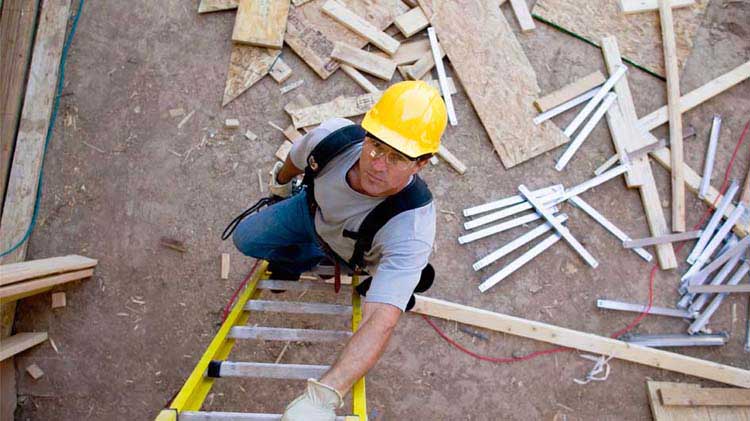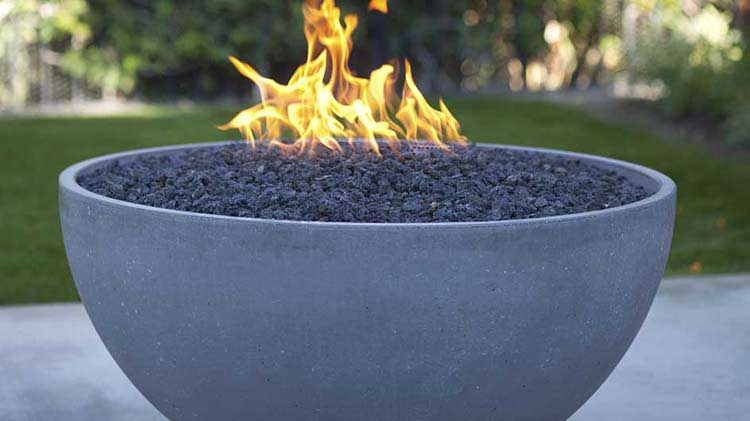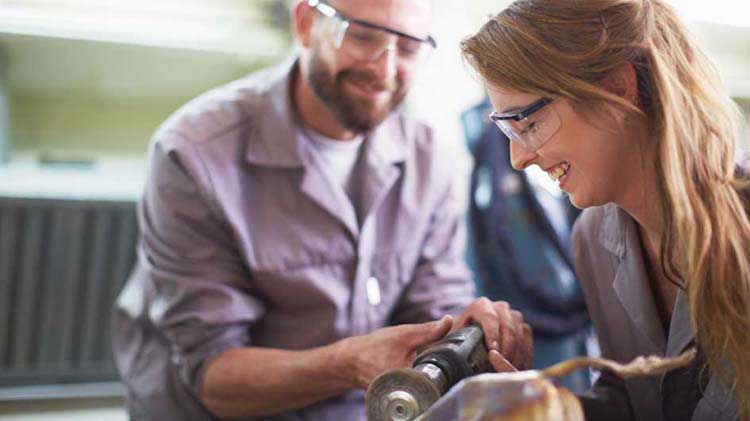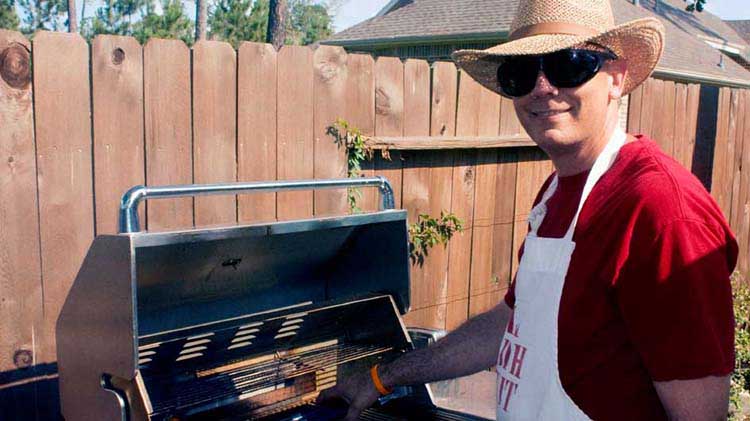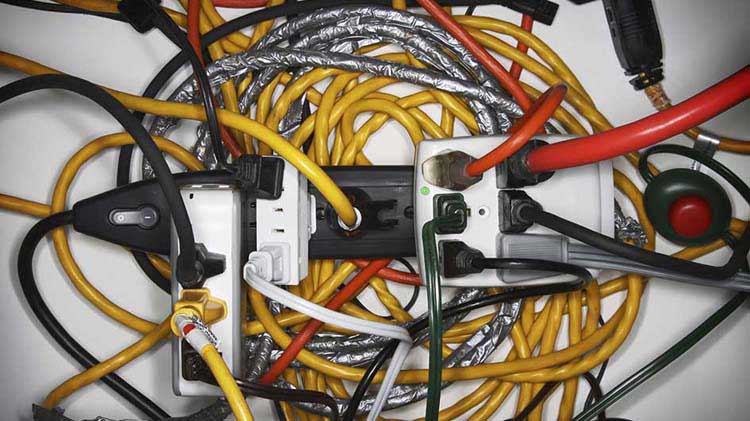Smart steps to ladder safety
Do you know the right ladder height for the job? Learn how to use a ladder safely.
Ladder-related injuries result in thousands of trips to the ER each year. OSHA estimates that, for general industry companies, falls from ladders cause 20% of fatal and lost workday injuries. Avoid becoming a statistic by taking extra care with ladders. Whether you're cleaning out gutters, painting a ceiling or hanging holiday lights, these pointers can help you stay safer.
Choose the right ladder for the job
Extension ladders must extend three feet above the work surface. For safety, users must not step on the top two steps of a step ladder. Also check the ladder's duty rating, which must be greater than your weight and that of your supplies. Additionally, if you'll be working near electrical wires, steer clear of aluminum ladders, which conduct electricity. Choose wood or fiberglass instead.
Perform regular ladder inspections
Look for cracks, dents and loose, damaged or missing hardware. Another red flag: Your ladder leans to one side when you set it up. Refer to this ladder inspection checklist for a step-by-step list of how to perform an inspection.
Maintain your balance
Do not step or stand higher than the label indicates on the ladder. To decrease the chances of losing your balance, never stand on the top step. Adhere to the 3-Point Contact climbing rule: Always keep two hands and one foot, or two feet and one hand on the ladder.
Additional steps on how to use a ladder
- Wear slip resistant shoes.
- Avoid ladders when there are high winds.
- Do not put a ladder by a door that can open against the ladder.
Visit American Ladder Institute to view a multimedia training program about ladder safety, choosing the right ladder and ladder care.
